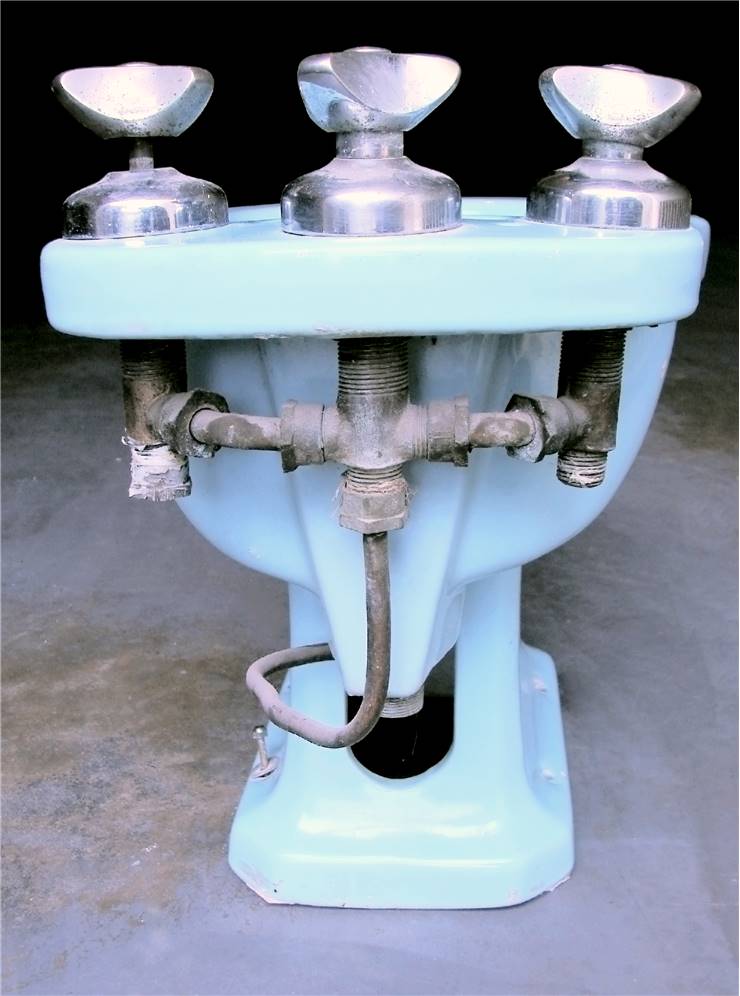History of Bidet
A bidet is a low mounted version of a sink or a plumbing fixture low-mounted that was invented in the 17th century France, and ever since then used across the world as sanitation tool for washing legs, genitalia, inner buttocks and anus. Its name comes from the French world “bitet” which is translated as term “pony”, but they also called it “trot”, which is signifies someone riding a pony. They called it that way because of its use in the toilet (riding it to clean yourself), and sometimes bidet was even called “garden horse”.
Nobody today knows who exactly was responsible for the invention of bidet, but historians agree that they appeared first in 17th century France as the bedroom hygiene tool. From there it received several upgrades, until it eventually became an integral part of the modern bathroom. In the beginning, bidet were uses in all French palaces and noble houses, and eventually it received form of a traditional washbasin or a bathtub, only focused on washing feet and genitalia areas. In France they were regarded as a “civilized way” of preparing oneself for sex, or rinsing themselves after it.

You can find many designs of bidets today all across the world. Some are offering dedicated cloth for wiping yourself after washing, some have taps that pour warm water into a china basin, some have basin that can be plugged and filled with water, some have nozzle that is pointed upwards and enables user to wash their perinea and genital area. Since 1980, Japanese and Koreans manufacturers introduced electric bidets (famous brands were Bio Bidet, Biffy and Gobidet), which were eventually transformed into ordinary toilet seats that have automated water nozzles for cleaning yourself. Materials from which bidets are created can vary from manufacturer to manufacturer, but the most common one are industrial ceramic, stainless steel and common plastic. Another recent advancement of the bidets happened with the introduction of techniques that make their use easier, for example integrated illumination.
Today, bidets represent common and widespread item in almost every European household, especially in Italy. According to some research, 95% Italian and Portugal households have bidet in their bathroom.
